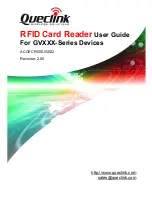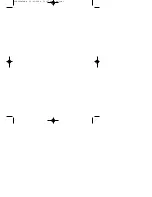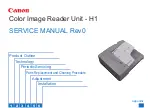
Hardware and Software Installation Procedure
Step 4: Connect the fibre channel devices
4
•
Attach the free end of the LAN cable to any unused port on the switch. The Base-T connections on the
card operate at 10 or 100 Mbit/s in either full- or half-duplex modes and at 1000 Mbit/s only in full-duplex
mode. Set the ports on the card and on your switch according to the following table.
If you are using Jumbo Ethernet frames, ensure that:
— all end stations on a given
LAN
1
have the same maximum transmission unit (MTU) setting.
— intermediate stations such as switch ports in your LAN have an MTU equal to or greater than the end
station’s MTU.
Step 4: Connect the fibre channel devices
•
Attach the LC connector from a fibre channel cable to the fibre channel connector on the card (Figure 1).
For fibre channel, the cable must be 50 micron MMF. If the remote connection is type SC, you will need
an LC-to-SC cable. Do the same for the other connector.
•
Plug the other end of the fibre channel cable into the connector on your fibre channel switch or device.
Step 5: Prepare to install the software
•
Ensure power cable is connected to system. Power up the system.
•
Log in as
root.
•
Check that the
/usr/bin
,
/usr/sbin
, and
/sbin
directories are in your PATH using the command:
echo
$PATH
•
Check the HP-UX version by entering:
uname -r
#
uname -r
B.11.11
or
B.11.23
The version must be B.11.11 for 11i v 1.0 or B.11.23 for 11i v 2.0.
Table 1
HP-UX 1000Base-T Supported Configurations
HP-UX 1000Base-T Port
Link Partner
Resulting Speed
AUTO
AUTO
Highest Common Speed (HP-UX supports 10/100/1000)
AUTO
1000 FD fixed/manual
1000 Mbit/s FD
10 HD
10 HD (for example, a
10Base-T Hub)
10 Mbit/s HD
10 FD
10 FD
10 Mbit/s FD
100 HD
100 HD
100 Mbit/s HD
100 FD
100 FD
100 Mbit/s FD
1. In the Jumbo Frames discussion, “LAN” means that the end stations do not have any routers or
layer 3 switches in between them.




































